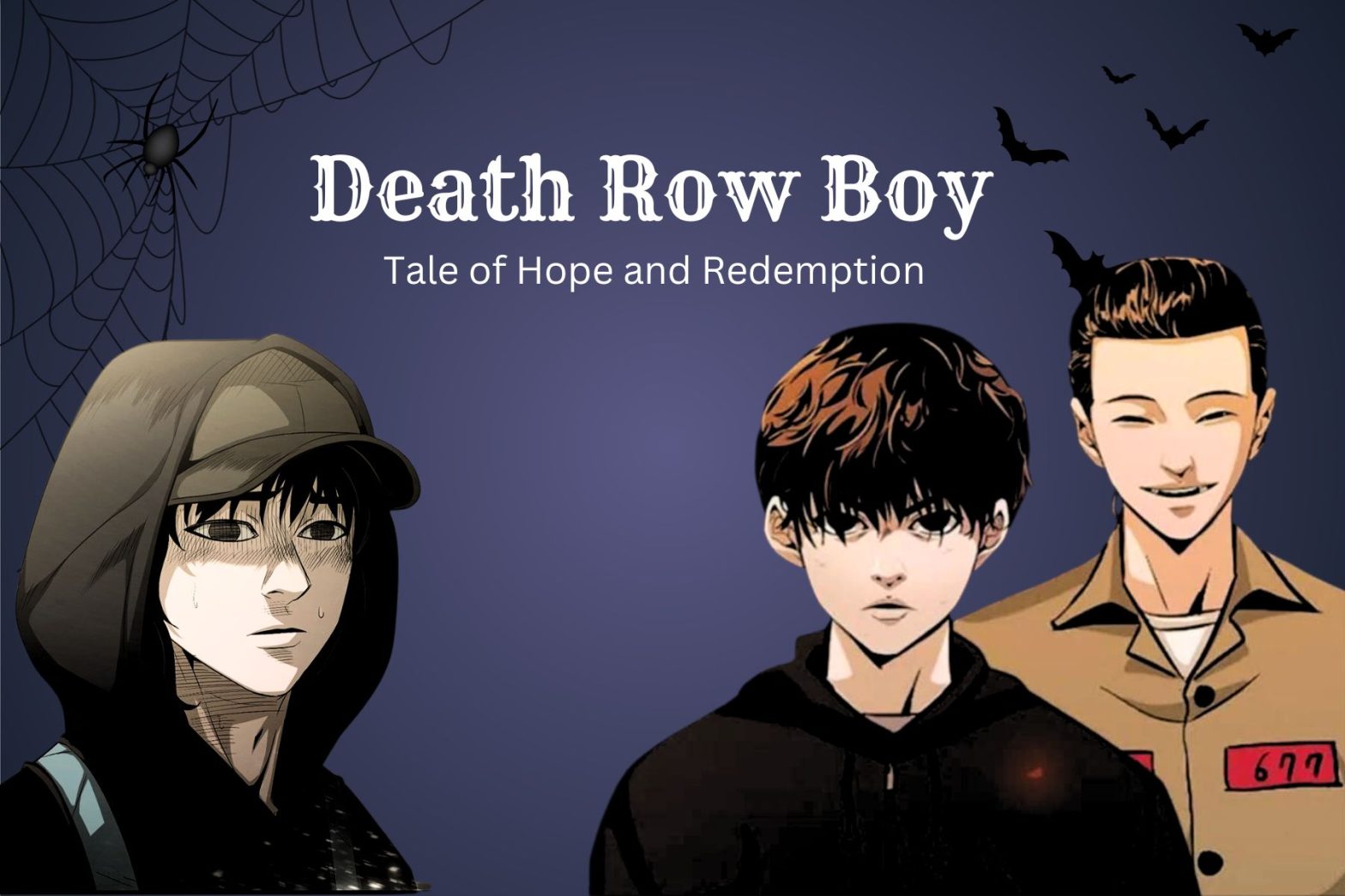Death Row Boy: A Grim and Gripping Tale of Hope and Redemption

“Death Row Boy” is a Japanese manga series that immerses readers in a compelling and intricate narrative that explores the dark, gritty, and ultimately redemptive journey of Akira Hayakawa, a 17-year-old boy sentenced to death for the alleged murder of his parents. Crafted by the skilled hands of writer and illustrator Hiroshi Mori, this manga originally found its home in the pages of Kodansha’s Weekly Young Magazine during the years 2005 to 2006.
Exploring Profound Themes
Collected into eight volumes, “Death Row Boy” continues to captivate readers with its profound examination of themes like justice, punishment, and redemption. The manga opens a window into Akira’s life when he is a mere 15 years old. His home is a battleground of constant arguments and strife between his parents, leaving him in the painful grip of a loveless and turbulent household.
One fateful day, when Akira returns home, he is met with a heart-wrenching scene: his parents lying lifeless. Trapped in a nightmarish reality, he is arrested and charged with the gruesome murder of his own family.
Innocence Shattered
Despite his insistence that he remembers nothing about that horrific night, the mounting evidence against him leaves no room for doubt, resulting in his conviction and a chilling death sentence. Transported to a juvenile detention center, Akira finds himself among a group of young people who share his grim fate. It is within these cold, unforgiving walls that he encounters Miyuki, a young woman who volunteers at the detention center. Miyuki’s kindness and compassion become the flicker of hope in Akira’s otherwise bleak existence, helping him come to terms with his harrowing situation.
Questioning the Justice System
As Akira grapples with the relentless reality of life on death row, he delves into the intricacies of the Japanese justice system and the contentious use of the death penalty. With time, he comes to realize that many of his fellow inmates, also on death row, may well be innocent victims of a flawed system that disproportionately affects the impoverished and marginalized. Driven by an unyielding determination to clear his name, Akira embarks on an arduous journey to investigate the murders of his parents. In this treacherous quest for truth, he uncovers a shocking revelation: he was framed by a corrupt police officer.
A Tale of Self-Discovery and Justice
What ensues is a harrowing tale of self-discovery, resilience, and an unwavering pursuit of justice. “Death Row Boy” is an emotionally charged and deeply moving manga series that skillfully explores themes of justice, punishment, and redemption. It is a must-read for anyone with an interest in crime fiction, legal thrillers, or narratives that shed light on the intricacies of social injustices and the complexities of the justice system.
The Critical Themes
Justice:
One of the central questions that “Death Row Boy” raises is whether the Japanese justice system is truly equitable. Akira’s wrongful conviction forces readers to confront the unsettling possibility of an unjust legal system, where innocent individuals may be wrongfully condemned.
Punishment:
The series also invites readers to ponder the appropriateness and effectiveness of the death penalty as a form of punishment. Is it an effective deterrent to crime, or does it perpetuate a barbaric and inhumane practice?
Redemption:
Akira’s journey serves as a poignant tale of redemption. Despite his tragic past and the misfortune of his situation, he undergoes a profound transformation and emerges as a symbol of hope for others awaiting execution.
The characters in “Death Row Boy”
Akira Hayakawa:
As the central character and the heart of the story, Akira is a multi-dimensional figure who elicits profound sympathy. He finds himself ensnared by a cruel twist of fate, yet his unyielding determination and strength make him an inspirational figure to root for.
Miyuki:
Miyuki’s role as a volunteer at the detention center adds warmth and humanity to the narrative. Her kindness and compassion play a pivotal part in Akira’s emotional journey, creating a lifeline amidst the harsh reality of death row.
Kenji Takayama:
Representing the beacon of justice within a system tainted by corruption, Kenji is a police detective committed to uncovering the truth behind Akira’s case.
Hiroshi Mori:
Hiroshi Mori, the mastermind behind “Death Row Boy,” expertly weaves these characters and themes into a narrative that forces readers to confront their preconceived notions about justice, punishment, and the potential for redemption. The conclusion of “Death Row Boy” leaves readers with a swirl of emotions. While Akira successfully clears his name for the murder of his parents, he is nevertheless sentenced to death for another crime he did commit.
This bittersweet ending underscores the harsh reality of life on death row. Akira’s execution is a heart-wrenching event, but it also serves as a symbol of hope, reminding us of the immeasurable human cost of the death penalty and the importance of treating every life with dignity and respect.
Conclusion
“Death Row Boy” is a manga series that lingers in the reader’s mind long after the final page is turned. It is a thought-provoking and emotionally resonant work of fiction that challenges preconceived beliefs about justice and redemption. Akira’s journey showcases the potential for growth and transformation, even in the darkest of circumstances.
This manga serves as a powerful testament to the value of human life and the need for a fair and just legal system. It is an essential read for anyone seeking a compelling, contemplative, and emotionally impactful narrative.













